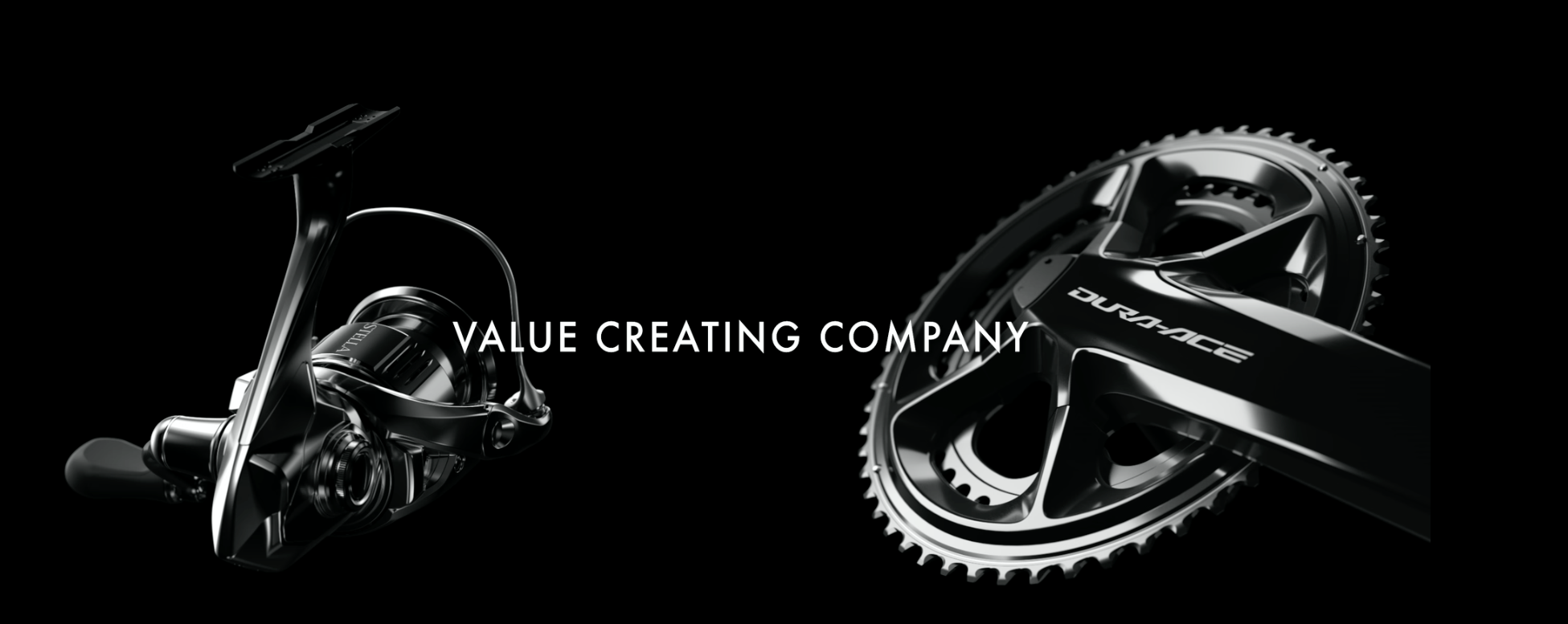

Shimano rules the cycling world, commanding roughly 70% of the mid-to-high-end bicycle derailleur market. This Japanese giant has shaped how millions shift gears, making rides smoother and faster. The Shimano 70% bicycle derailleur market share reflects decades of smart innovation, global reach, and a knack for meeting riders’ needs. As cycling surges for fitness, commuting, and adventure, Shimano’s derailleurs remain the gold standard. But how did they achieve this? Let’s dive into their journey, tech breakthroughs, and what lies ahead.
Shimano’s Rise to Cycling Supremacy
Shozaburo Shimano started small in 1921, crafting bicycle freewheels in Sakai City, Japan. Bikes back then were simple, but he saw room to innovate. By 1956, Shimano launched its first derailleur, a device that moves the chain across gears for smoother rides. This bold step set the stage for growth.
During the 1970s U.S. bike boom, European brands struggled to meet demand. Shimano filled the gap with affordable, reliable parts. In 1975, they introduced Positron, an early indexed shifting system that made gear changes crisp. By the 1980s, Shimano’s SIS (Shimano Index System) transformed cycling with precise shifts. They also entered mountain biking with XT groupsets in 1982, followed by SPD clipless pedals in 1990.
Today, Shimano accounts for 85% of the global bicycle component market by value. Their global expansion—factories in Singapore, Malaysia, and China—kept pace with demand. For example, a Taiwanese unit opened in 2002 boosted production. As a result, Shimano became a household name in cycling.
The Evolution of Derailleur Technology
Derailleurs have evolved dramatically since the late 1800s. Early models were bulky and unreliable on rough terrain. In 1905, French cyclist Paul de Vivie built a practical derailleur, letting riders shift without stopping. Still, these were costly.
Shimano changed the game in 1956 with affordable derailleurs. By the 1970s, they competed with Japan’s SunTour, which pioneered indexed shifting. Shimano outlasted them, launching dual-pivot brakes and integrated shifters in the 1980s. These made bikes easier to handle.
In 2008, Shimano’s Shadow derailleur design tucked closer to the frame, protecting it from trail damage. Then, in 2009, their Di2 electronic shifting system used motors for instant gear changes. Today’s derailleurs manage up to 12 speeds, using lightweight materials like carbon fiber. Wireless systems, like Shimano’s Dura-Ace, are now a hit. Consequently, derailleurs keep getting smarter and tougher.
Shimano’s Game-Changing Innovations
Shimano stays ahead with cutting-edge tech. Their Shadow RD+ system, designed for mountain bikes, uses a clutch to reduce chain slap on rough trails. Riders get a quieter, more stable experience. For road cyclists, Hyperglide+ cassettes ensure smooth shifts, even under pressure.
Electronic Di2 systems sync front and rear derailleurs. The front derailleur adjusts automatically based on the rear’s position, boosting efficiency. Wireless Di2 cuts cables, simplifying maintenance. Additionally, Shimano’s EP8 system supports e-bikes, handling motor torque with ease.
In 2024, Shimano launched ESSA, an 8-speed system for beginners. It simplifies shifting, making cycling accessible. These advancements cement the Shimano 70% bicycle derailleur market share. They cater to pros, amateurs, and everyone in between.
Notably, Shimano invests heavily in R&D. Their labs test parts in extreme conditions, ensuring durability. This commitment keeps them at the forefront.
Breaking Down the Shimano 70% Bicycle Derailleur Market Share
Shimano holds about 70% of the mid-to-high-end gearset market, including derailleurs. In 2024, the global derailleur market reached $1.88 billion, projected to hit $2.89 billion by 2029, growing at 8.9% annually. Shimano dominates road and mountain bike segments, especially in electronic groupsets.
Why such a lead? Shimano bundles components for compatibility, a win for bike makers. Their global supply chain keeps prices competitive. Sponsorships, like the Tour de France, build trust. Asia-Pacific produces most components, while North America and Europe drive premium sales. E-bikes, needing sturdy derailleurs, fuel growth.
However, Shimano’s tactics spark debate. In 2022, they blocked SRAM’s Hammerhead computers from Di2 systems, raising antitrust concerns. This protects their market but invites scrutiny. Still, their 70% share looks strong.
Rivals in the Derailleur Arena
SRAM, founded in 1987, is Shimano’s biggest challenger, holding 20-30% in some segments. Their AXS wireless system competes with Di2, appealing to pros for simplicity. Campagnolo, an Italian brand since 1933, targets high-end road bikes with Super Record EPS, but its share is just 5-10%.
Budget brands like MicroSHIFT and SunRace offer cheaper options but lack Shimano’s tech edge. SRAM pushes back through acquisitions, like Hammerhead in 2021, aiming for data integration. Shimano’s software blocks counter this, though.
Together, Shimano and SRAM control over 70% of the rear derailleur market. Competition drives innovation, like SRAM’s 1x drivetrains, which simplify shifting. Shimano responds with versatile designs. Despite rivals, Shimano’s scale—producing millions of units yearly—keeps them ahead.
Challenges Facing Shimano’s Market Lead
Dominance isn’t without issues. Antitrust lawsuits have dogged Shimano since the 1980s, when SRAM sued over tying schemes. In 2022, Shimano’s Di2 restrictions led to estimated damages of $214-427 million for SRAM through 2027, with consumers facing $64-127 million in overcharges.
Supply chain disruptions, like post-COVID shortages, hit hard. Rising material costs add pressure. Meanwhile, environmental demands push Shimano toward sustainable practices, like recyclable parts.
Nevertheless, Shimano adapts. They invest in green tech and diversify production to stay resilient.
What’s Next for Bicycle Derailleurs?
The future looks exciting. E-bike sales could hit 40 million units by 2026, needing robust derailleurs. Smart tech, like app-controlled shifting, personalizes rides. Shimano’s Di2 might soon use AI for predictive shifts.
Lightweight materials, such as advanced alloys, cut weight without sacrificing strength. Gravel biking’s rise demands wider gear ranges, which Shimano’s GRX delivers. The market could reach $3.8 billion by 2032.
Sustainability is key. Recycled materials may become standard. If Shimano keeps innovating, their 70% bicycle derailleur market share could hold. But SRAM’s bold moves might close the gap.
To Wrap Up
In closing, Shimano’s rise from a small workshop to a cycling titan inspires. Their 70% bicycle derailleur market share showcases innovation, from Shadow RD+ to Di2. Yet, challenges like antitrust issues and supply chain woes persist. Looking ahead, e-bikes and smart tech promise growth. The real question is: what will we do next? Only through collective effort can we shape a sustainable, innovative cycling future. This issue deserves our careful consideration. Let’s pedal toward progress together.

Leave a Reply